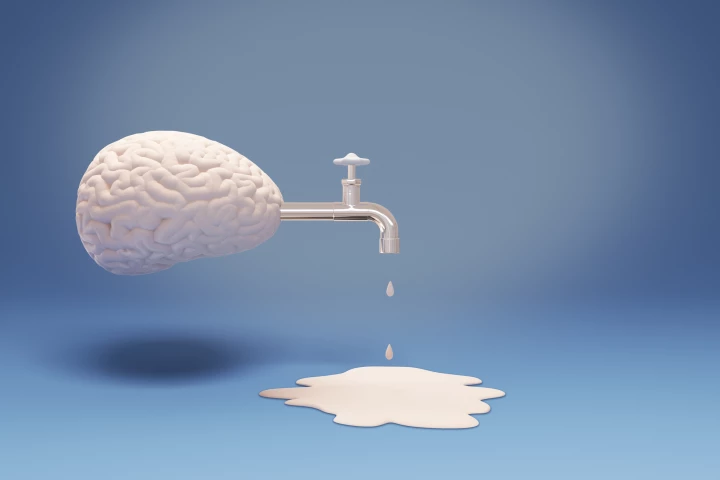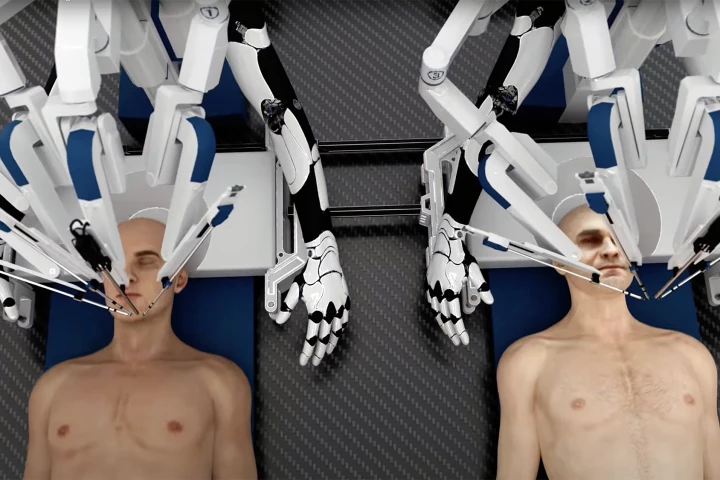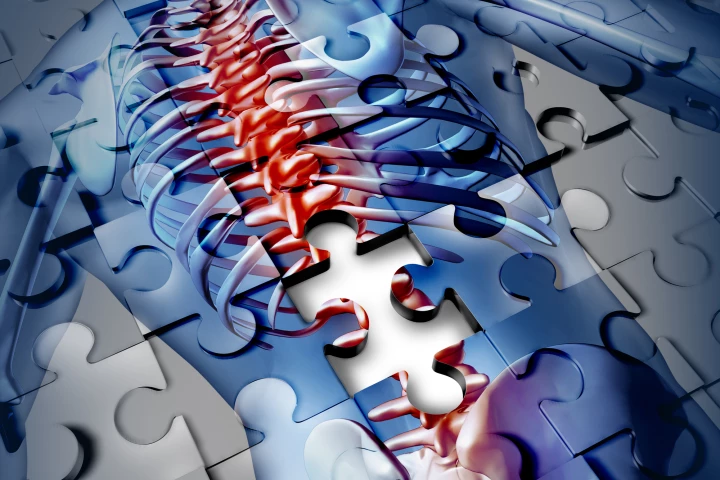Spinal
-
Our fat tissue could be used to make our bones regrow, with scientists successfully using adipose cells to repair spinal compression fractures. It could change how breaks are treated and improve bone strength in diseases such as osteoporosis.
-
A new experimental painkiller has shown promise in dulling or eliminating pain without the addictive qualities exhibited by today's most popular opioids. The drug also sidesteps common opioid side effects like constipation and sedation.
-
Spinal muscular atrophy is a debilitating genetic condition that’s usually fatal by a few years of age. But an intriguing case study might demonstrate a simple new treatment, with a child showing no signs at all two and a half years after birth.
-
If you're thinking of getting an injection for back pain, you might want to think again. A panel of experts has examined the practice, found serious issues with its use – including financial gain – and issued strong recommendations to avoid it.
-
A drug used to induce labor in pregnant women has been shown to reactivate tiny waste-clearing pumps in the brains of old mice. The finding could hold promise for fighting Alzheimer's and Parkinson's diseases and overall cognitive decline.
-
In what sounds more like the opening scene from a B-grade sci-fi/horror flick, head transplant operations performed entirely by AI-robot surgeons could be coming to a hospital near you within a decade, if startup BrainBridge is to have its way.
-
It feels like back pain comes for many of us at some point in our lives, and it’s tricky to treat. A new gene therapy, which repairs damaged discs and reduces pain, has shown promise in mouse tests.
-
Applying red-light therapy to a damaged spinal cord protects and regenerates nerve cells, leading to a return of motor and sensory function, according to new research. The treatment could expand limited treatments for people with spinal cord injuries.
-
Researchers have developed drug-loaded nanoparticles that target the cells that cause damaging inflammation following a spinal cord injury. The novel nanotherapy opens the door to new therapeutic possibilities for people with spinal injuries.
-
In big news for the millions who suffer from chronic lower back pain due to degraded disks, scientists have made a potentially huge breakthrough in understanding its cause at a microscopic level, paving the way for effective cell therapy to relieve it.
-
Scientists at Johns Hopkins have developed a new spinal stimulator that can help restore lower limb function to paralyzed patients. The tiny device can be non-invasively implanted through a syringe.
-
A complete spinal cord injury results, tragically, in total paralysis of all limbs and muscles below the injury site. But now, scientists at EPFL have demonstrated in mice a new gene therapy that can regenerate nerves and restore the ability to walk.
Load More











